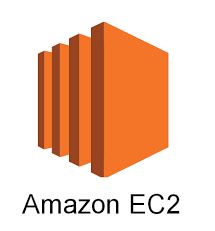When deciding whether to use EMR Add Steps API or the Livy API for running Spark jobs in Amazon EMR, several factors can come into play. Each has its pros and cons and is better suited to certain situations than the other.
EMR Add Steps API:
EMR’s Add Steps API is native to AWS and thus integrates seamlessly with other AWS services. It’s reliable and suitable for running both long-running and short-lived jobs. It’s quite simple to use as it follows the conventional AWS API methods.
- Flexibility of monitoring the job status: AWS EMR provides multiple ways to monitor the job status. You can use the AWS Management Console, AWS CLI, or SDKs. Plus, the Amazon CloudWatch service provides monitoring for your EMR clusters.
- Resource handling: AWS EMR manages the resources well. In case of failure during the execution, the resources are properly released back to the cluster. However, in some cases, manual intervention might be required to free up resources.
- Impact on cluster: EMR Add Steps API is tightly integrated with AWS EMR, hence the impact on the cluster is minimal. It is designed to work well with EMR’s infrastructure.
Livy API:
Livy is an open-source REST service for Apache Spark. It offers interactive Spark sessions that are ideal for data exploration and prototyping with PySpark, SparkR, and SparklyR. Livy also supports submitting Spark jobs for batch processing.
- Flexibility of monitoring the job status: Livy has a RESTful interface that can be used to monitor the job status. But, it’s generally not as flexible as EMR’s monitoring capabilities, unless you integrate it with other tools for more comprehensive tracking.
- Resource handling: In case a Livy job fails during execution, Livy should handle resource release back to the cluster, but it might not always do so as efficiently as EMR. In some scenarios, orphaned SparkContexts can consume resources if not correctly cleaned up.
- Impact on cluster: Livy API can have a larger impact on the cluster, especially in cases where long-lived Livy sessions are maintained. This can lead to resource contention if not managed well. Livy also adds a layer of complexity as it’s another component to maintain and troubleshoot in your EMR cluster.
In the end, the choice between EMR Add Steps API and Livy API depends on your specific use-case. If you are heavily invested in the AWS ecosystem and require reliable and efficient execution of both short and long-running jobs, EMR Add Steps API might be a better choice. However, if your work involves a lot of interactive Spark sessions and you need a RESTful interface to interact with Spark, Livy would be more suitable. Always consider the trade-off between complexity and flexibility. Make sure to thoroughly test and evaluate each method to determine which one better meets your requirements.









